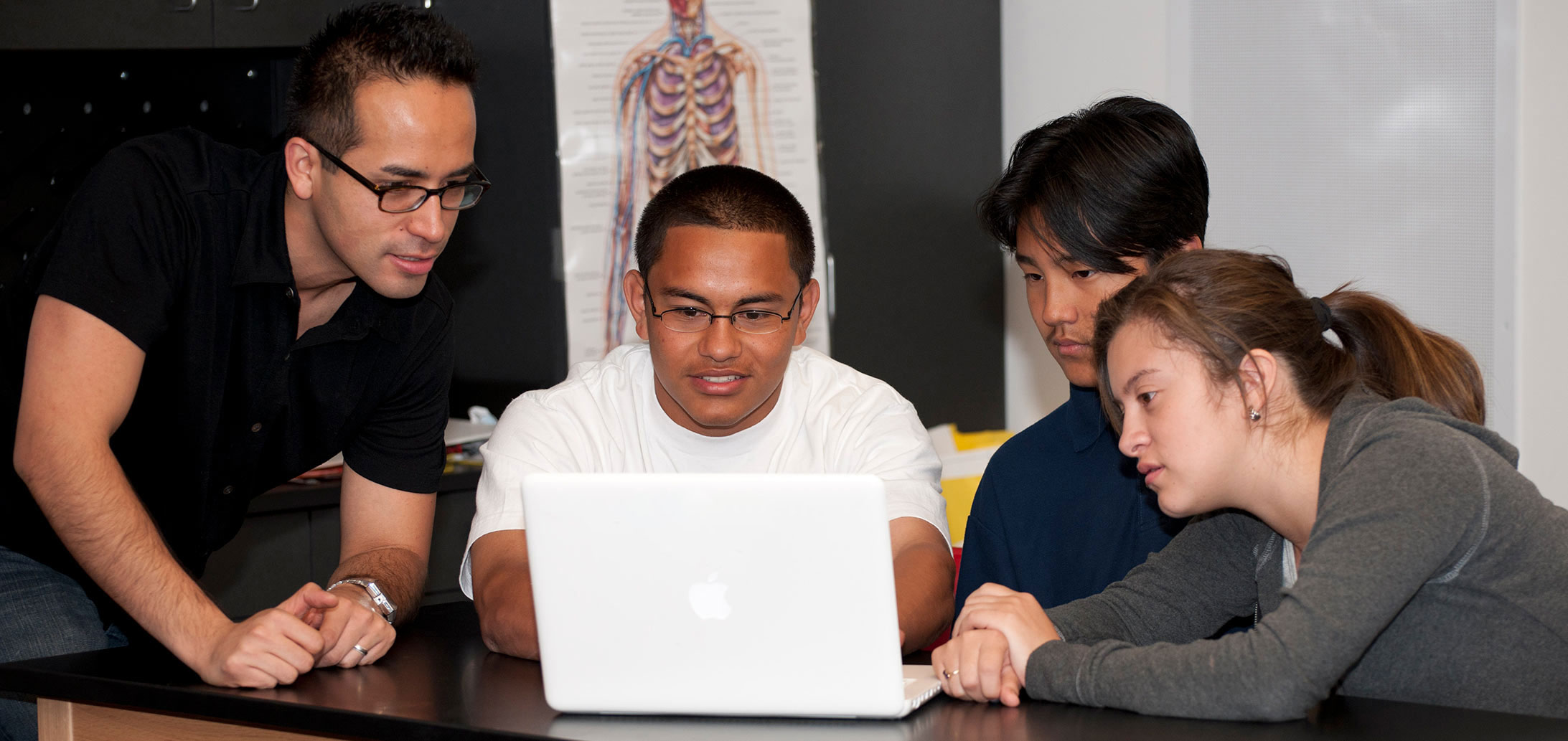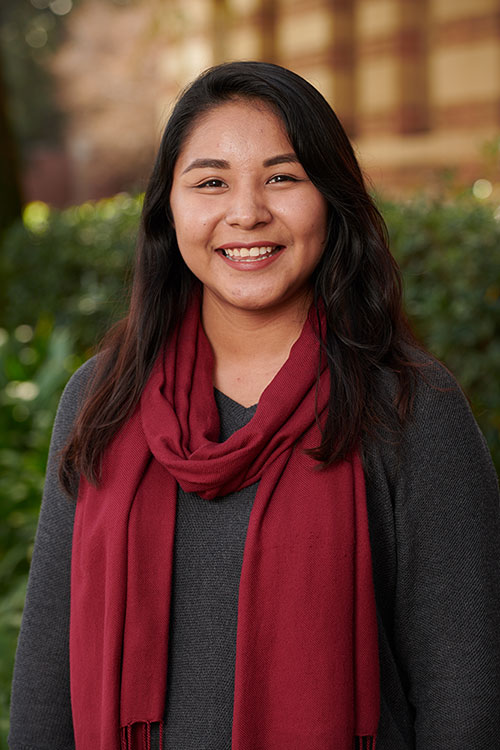I think the most rewarding part of the program was learning how to implement social justice and CT [computational thinking] into the curriculum. This program has challenged me to be creative and always think critically about my lessons and how information is presented to my students.”

Given the increasing reliance on technology for everyday living, we center an equity vision in computing and explore the social, ethical, legal, and cultural impacts of algorithms and data visualizations. We challenge the purported objectivity of the “Data-Coding Objectivity myth” and work towards the development of an anti-racist curriculum, through reflection, dialogue and practice. Further, we explore the ethical concerns and problematic practices that may develop during exploratory data analysis and programming and expand understanding of ethical data storytelling to identify, understand, and work towards rectifying disparities within the communities we partner with. The four-course series explores how issues of social justice and equity are sustained and interrupted by critical analysis of computer science structures and paradigms and how these can be used to leverage positive impacts in contextualized community spaces.
CS Course Sequence
- Data Structures and Algorithms: covers data representation, abstraction, searching and sorting in the context of solving problems using programming and computational tools.
- Computer Programming: includes expertise in at least one modern, high-level programing language (e.g. Python, Java, C/C++/C#).
- Software Design: covers the process of planning, engineering and implementing a software system to solve a problem, typically using both a design and a programming methodology, such as object-oriented and functional approaches.
- Digital Devices, Systems, and Networks: covers computer and communication devices and the systems they compose, including the concepts and abstractions that enable stand-alone, networked, and mobile digital devices to operate and communicate.
Students in the STEM+ C3 Pathway will complete all four courses within their 16-month program.

When I was looking for a Teacher Education Program, I was looking for a program whose values aligned with mine.
I don’t see teaching as a job. I see teaching as part of who I am and as a way to enact change in this world.”